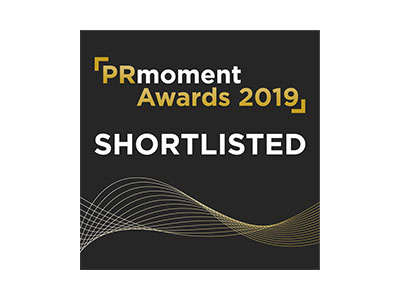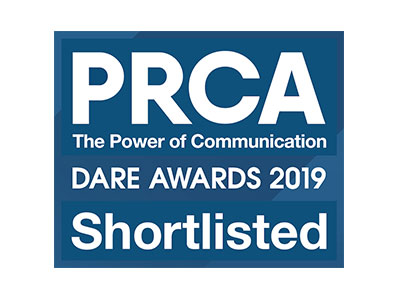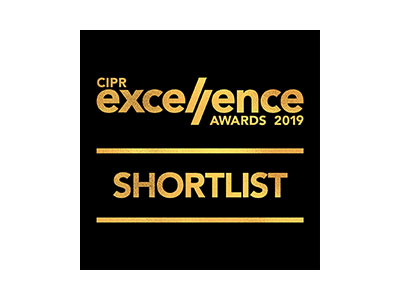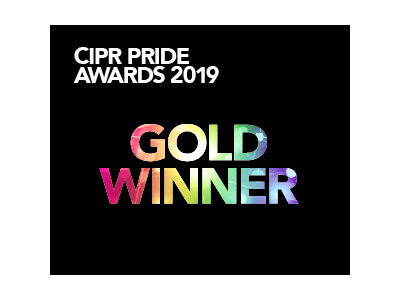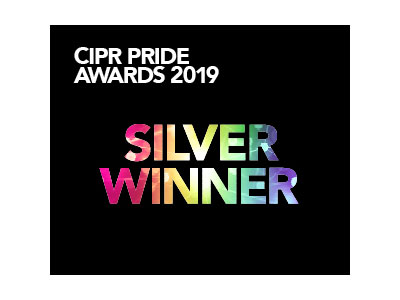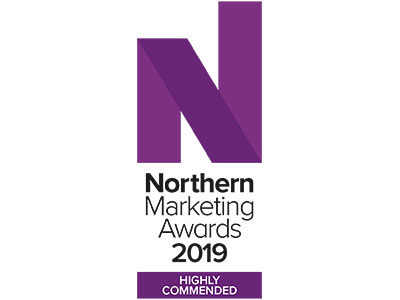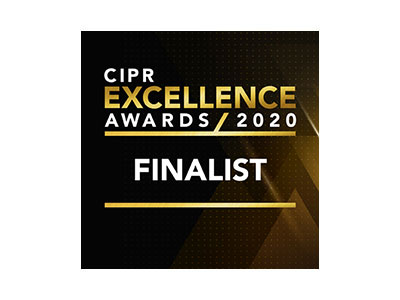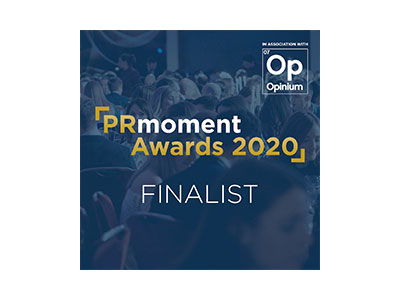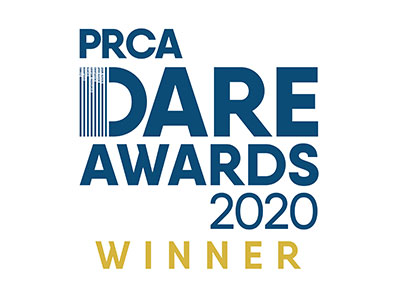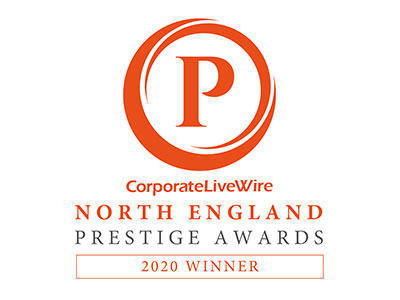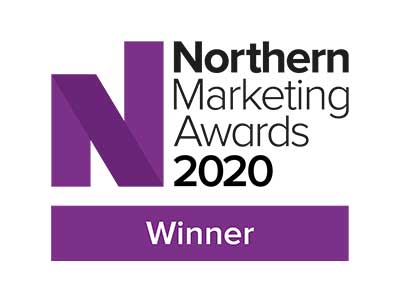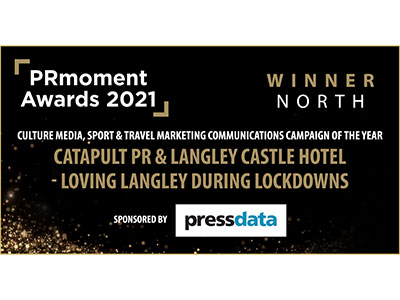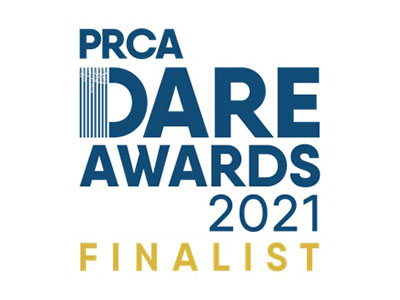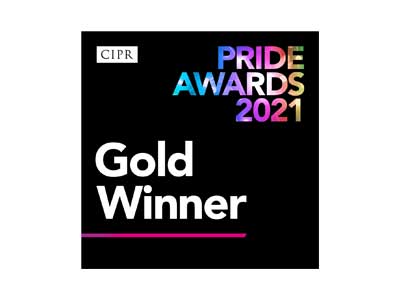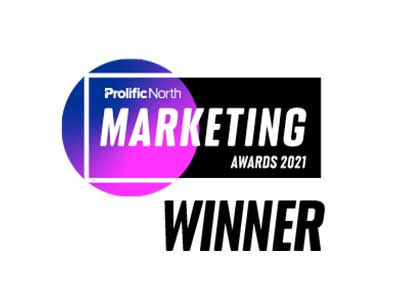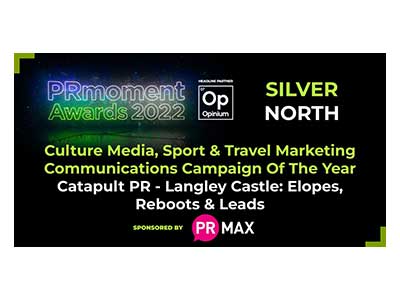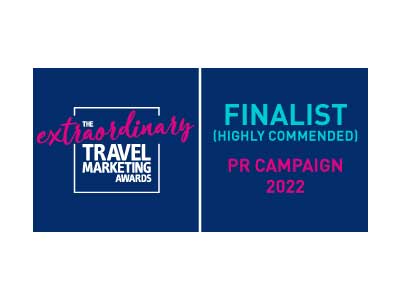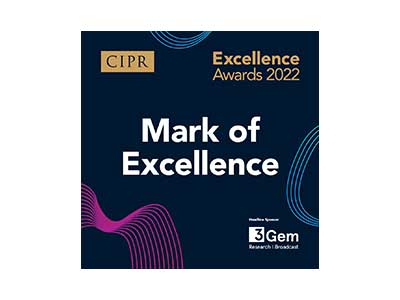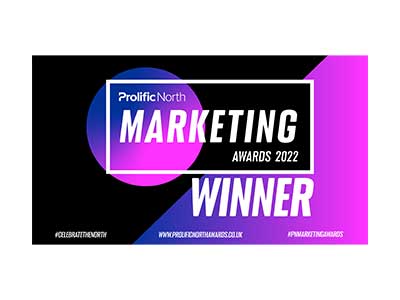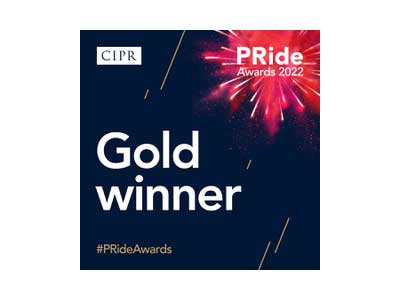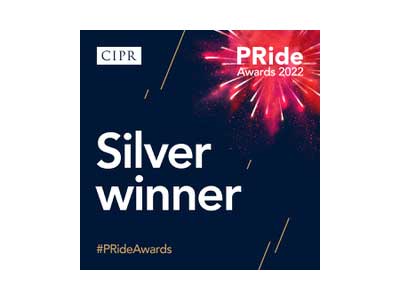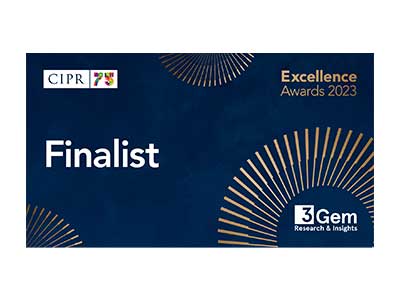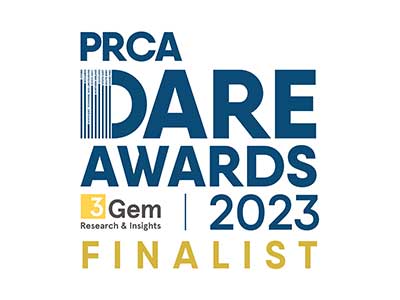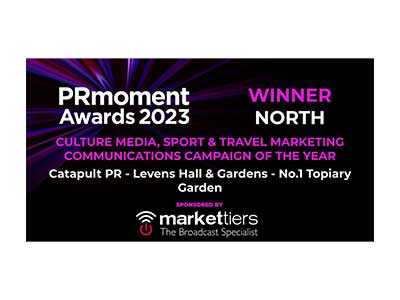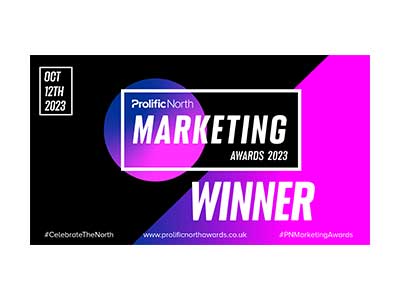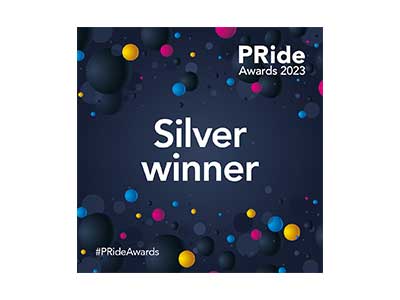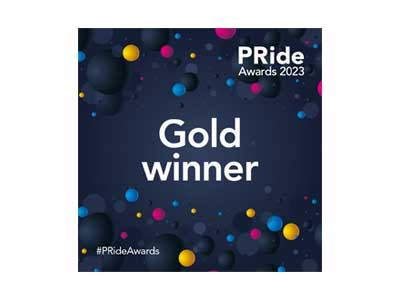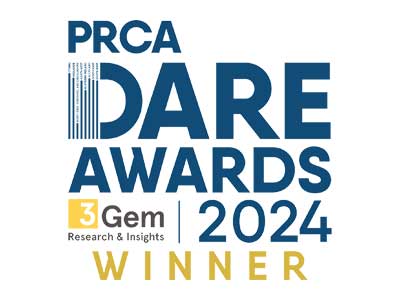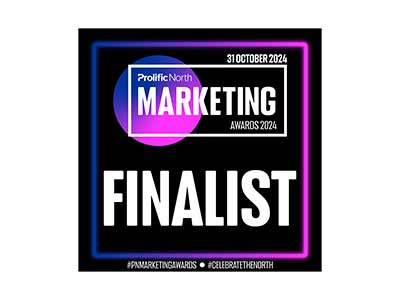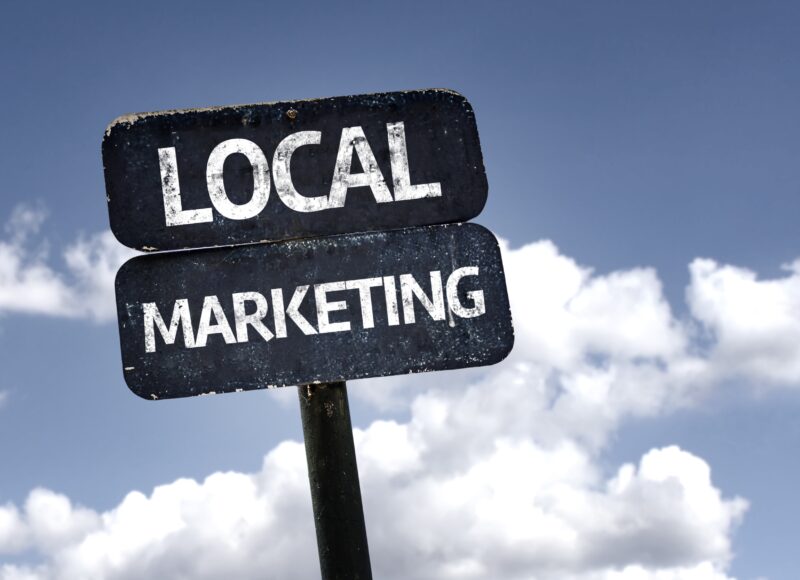
October 8th, 2023
Is Your Heritage Visitor Attraction Marketing ‘Local’ Enough?
Engaging with their local area has become more important than ever for heritage attractions but when did your museum, stately home or historic house and garden really reach out to its local area. Does your cultural and heritage visitor attraction marketing focus enough on your local area?
‘Reaching out’ means more than simply being there. Just because it’s built doesn’t mean that ‘they will come’, no matter how much you believe the ‘Field of Dreams’ movie!
People won’t ‘just come’. We’re in a cost of living crisis and will be for some considerable time. Even if your heritage attraction is closing over winter, domestic homes will not be. Homes that need heating. With higher petrol and diesel prices at the pumps again too, things will be tough in the period directly before the Easter 2024 holiday. That will be the D-Day reopening time for many heritage attractions and stately homes.
Why is the local area important for heritage marketing?
Our own Heritage Buzz research, commissioned independently through a hugely respected research company, has given us a great picture of what’s happening with regard to heritage attractions’ visitors. A tenth of visitors will only visit a heritage attraction if they are on holiday in the area at the time. Is that really enough to survive upon?
But can you rely on your local visitors to get off their sofa and visit you? On the plus side, 17% of men and 10% of women say they will only ever visit a heritage attraction that is local to them, so as to save on fuel costs.
On the complete down side, a quarter of the people we surveyed say they know little or nothing about the heritage attractions in their local area. In the North East, it’s 39% – nearly four-in-ten of local people, right there on the doorstep. How can any visitor attraction have allowed that to happen?
Are you guilty of not keeping local visitors in-the-know?
When specifically asked about stately homes and gardens as a sub-sector of the heritage offering locally, 16% in general know little about those in their local area. Again, that depends where you are in the UK, as it’s four-in-ten in the North East and approaching a quarter in the South East and Wales.
Few visitors say they are actively planning where to visit and that’s a big issue for heritage attractions. If you are not doing enough to generate advance ticket sales, just a few raindrops and grey clouds could prevent a visit from occurring. You are leaving yourself too open to the vagaries of the weather, rearranged football matches and invites to barbecues that suddenly pop through the door. If people have planned and spent ahead, they are somewhat committed to turning up, or just writing off the money they’ve already paid for a ticket. You need to hook them in.
Should your heritage attraction be using printed leaflets?
The root cause of the issue for many heritage attractions lies in the marketing tactics being used. So many are still dependent on the old-fashioned leaflet, typically distributed in a drive-time area and reliant for its success on customers spotting it, being bothered to pick it up and then acting upon it. Acting upon it requires them to read it not then put it to one side. Any time lag between reading that leaflet and acting on it, by deciding to visit, leaves that leaflet – and your visitor footfall – exposed to coffee spills, decluttering, a mislaying of the leaflet, or just completely forgetting about it.
However, there is worse news with regard to such leaflets. Only slightly more than one-in-twenty (6%) actually said they use such leaflets when planning a visit.
Given where such leaflets are distributed – at motorway services and drive-time leaflet racks – do you not think that spending on them, at a time when people are saving their pennies and cutting back on fuel costs, is a massive gamble? Just because you’ve always done it, doesn’t mean you have to continue to do it. The times – and society – are changing.
After all, your local visitors are now all turning to social media when it comes to deciding where to visit, aren’t they? Well, not according to our research findings. Only 8% of people use social media when deciding where to visit and, in some areas, such as north west England, it’s as low as 3%.
How should you market your visitor attraction to locals?
So how are people in your local area finding out more about what’s on offer locally and deciding where to visit? The answer is, ‘via your own online ‘owned’ collateral.’ What is that? Well, it’s actually that which stands you in greatest stead. It’s your website and, more importantly, your blog or news area.
This is marketing collateral that you own and which you should be owning. Rather than being subjected to erratic Facebook marketing rules or worrying whether Twitter, X (or whatever it’s called that day) will actually still be in existence when you wake up, you have something you control and which you should be leveraging to the max.
Nearly half of the people who we surveyed through YouGov said they plan visits on the basis of what they read online (not on social media) or at your own website. That makes your website a resource you really cannot ignore. It’s a resource that should not be regarded as the poor relation to your social media, as it’s far more important than that channel, as our research shows – 6 times as important, in fact.
Why blogs, news articles and PR are so important for heritage marketing
And yet, we anticipate that heritage attractions pay little attention to their websites and that very few invest in tactical blogs and news articles that will reach out to their local visitors – and those further afield – and really engage them, persuade them that they need to visit and fully inform them on what they can see.
Too many heritage attractions still see blogs as personal accounts, on a ‘day in the life’ sort of basis. They totally underestimate their fundamental importance to the search engines. If they do that, they fail to see how vital they are for their own web traffic. If they are not generating web traffic, they are missing out on the capacity to talk to nearly half of their prospective visitors who are using this means to plan visits.
Think ChatGPT is the answer? If you want to talk to your visitors in an authentic and engaging voice, absolutely not. Use it at your peril as well. Google will be identifying what is real authority and what is not and you could be penalised, if you simply rely on artificial intelligence to deliver content that Google wants to see you creating. Just a few uses of this sort of content should make it clear that nobody really talks or writes like that. Develop an authentic voice and you’ll soon see the difference.
Reaching people locally through PR
But what about other online sources and means of reaching out to local people? That relies on PR; it needs you to be generating a continuous stream of stories that are firstly good enough to make it into online or offline print and secondly engaging enough to make people want to act on whatever the story message is.
You need to become expert in communicating with your local visitors in this way and also engaging with local people. That might be through community initiatives, through a local schools programme or something else that happens locally. Whatever it is, you might need to make it happen, through pro-active PR, rather than just stumbling across something you can be involved with.
We are fully aware that heritage attractions often lack the internal means to produce compelling and engaging web blogs and website copy, or create dynamic PR campaigns. However, the simple fact of the matter is that they don’t have to.
Getting blogging and PR help for your heritage attraction
Companies recognising how important it is to communicate with web bots and Google search engine crawlers are stealing a march, by using our blog service. Others are also using our PR service and benefiting from continuous national and regional media exposure. They are having a continuous stream of fresh stories, content and copy delivered for them, all of which is pleasing the Google algorithms, by virtue of being helpful and demonstrating authority.
At the same time, our stories are also encouraging editors to publish them and so put them out into the domain of your local visitors in their publications. When that happens, the content also gains a hugely valuable ‘third party endorsement’ in the public’s eyes – that of a journalist or publication.
So, rather than frittering away money on a leaflet that isn’t used, social media that isn’t going viral or heritage membership schemes that are not delivering, perhaps you should divert your spend into blogging and PR? You might just find your results and visitor numbers being as impressive as those of our other heritage clients!
To read the full heritage research survey and discover what it means for you, given that we have here given you just a snapshot, head to our downloads section and get the full copy.
To book a call or one-to-one discover session, email jane@catapultpr.co.uk or call 0333 2424062.
We’re here to help and we’re heritage marketing experts, so why not see what we could offer to your historic home and garden, museum or heritage attraction, when it comes to your marketing efforts for 2024?
